Physical Address
304 North Cardinal St.
Dorchester Center, MA 02124
Physical Address
304 North Cardinal St.
Dorchester Center, MA 02124
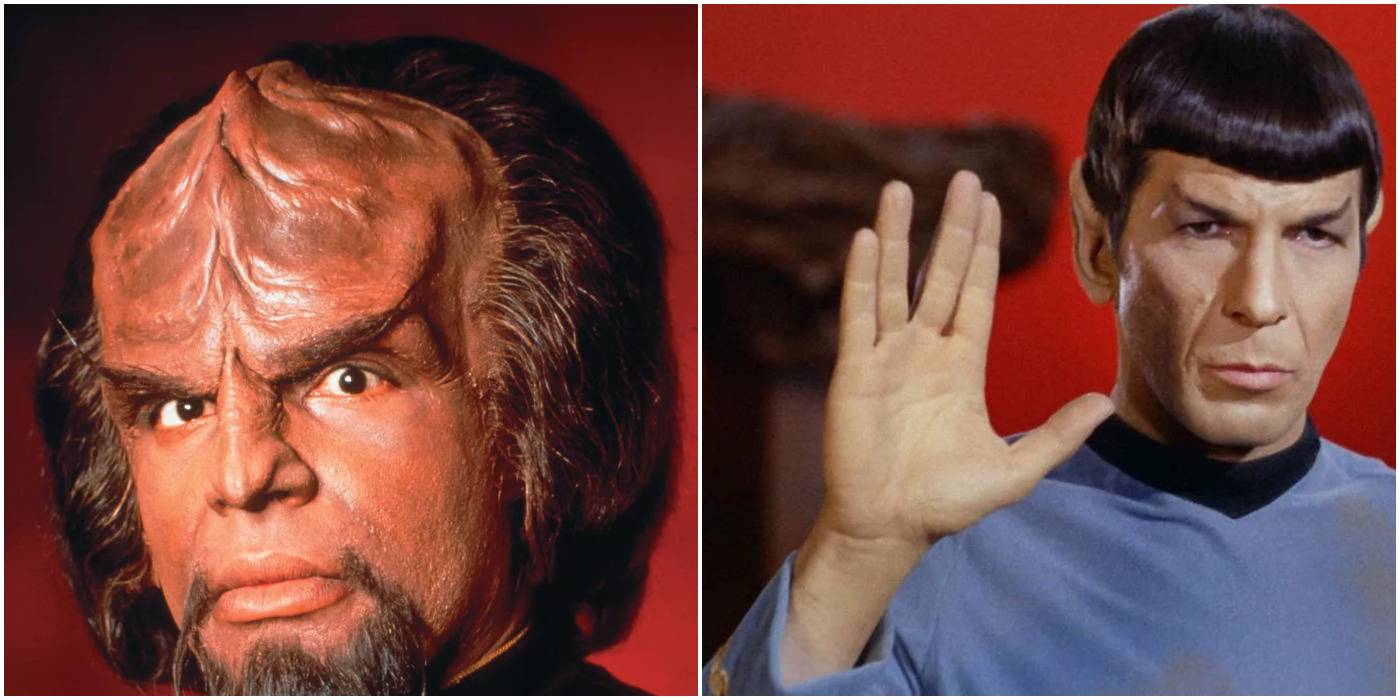
The Star Trek universe is renowned for its imaginative and diverse array of alien races, each contributing to the franchise’s rich and enduring appeal. From iconic species like Vulcans, Klingons, and Romulans to a myriad of lesser-known beings, these aliens help shape the stories and philosophies at the heart of Star Trek. This article explores the many alien races depicted throughout the series, presenting a comprehensive list of species, including memorable originals and those belonging to the United Federation of Planets. With pictures to enhance recognition and highlights of notable individuals like Jadzia Dax, discover the fascinating world of Star Trek’s extraterrestrial life.
Star Trek is famous for its rich tapestry of alien races, each bringing unique cultures, abilities, and perspectives to the galaxy. Some of the most iconic include the logical and emotion-suppressing Vulcans, the fierce warrior Klingons, and the mysterious Romulans, who often serve as political adversaries. The United Federation of Planets, a central alliance in the series, includes founding members like Humans, Vulcans, Andorians, and Tellarites, each contributing to the cooperative spirit of exploration and peace.
Beyond these well-known species, Star Trek also introduces fascinating lesser-seen races such as the Caitians, feline-like beings with exceptional hearing who often work in communications, and the Remans, a telepathic warrior sub-species once oppressed under Romulan rule. The Saurians, lizard-like and highly intelligent, and the argumentative but trustworthy Tellarites add further diversity to the Federation’s ranks. The franchise’s ability to explore philosophical, political, and scientific themes through these varied alien cultures is part of what makes it enduring and beloved. As new series and films continue, Star Trek promises to introduce even more civilizations, boldly going where no one has gone before.
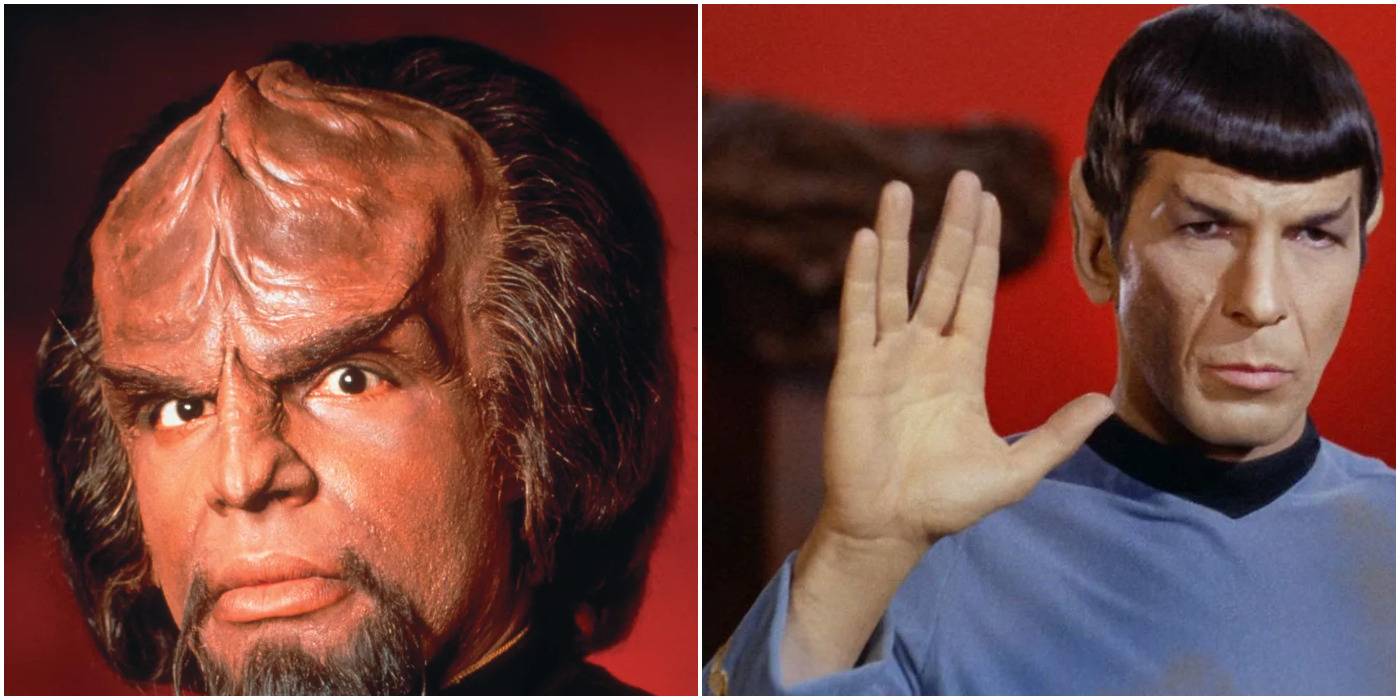
Star Trek is famous for its rich tapestry of alien races, each bringing unique cultures, abilities, and stories to the galaxy. Among the most iconic are the Vulcans, known for their strict logic and emotional control, and the fierce Klingons, whose warrior culture values honor and combat prowess. The Borg stand out as a cybernetic collective, representing a terrifying hive mind that assimilates other species.
The Andorians, with their striking blue skin and antennae, are one of the Federation’s founding members and have a complex history of rivalry and alliance with Vulcans. Similarly, the Tellarites, pig-like and argumentative, are also founding Federation members known for their stubbornness but loyalty. Other fascinating races include the feline-like Caitians, skilled in communications, and the telepathic, warrior Remans, who once suffered under Romulan oppression.
Star Trek’s universe also features lesser-known but intriguing species like the Saurians, lizard-like Federation members with remarkable strength and intelligence, and the Tholians, mysterious crystalline beings. Each race adds depth to Star Trek’s exploration of diversity, diplomacy, and conflict, making the series a vibrant mosaic of life beyond Earth.
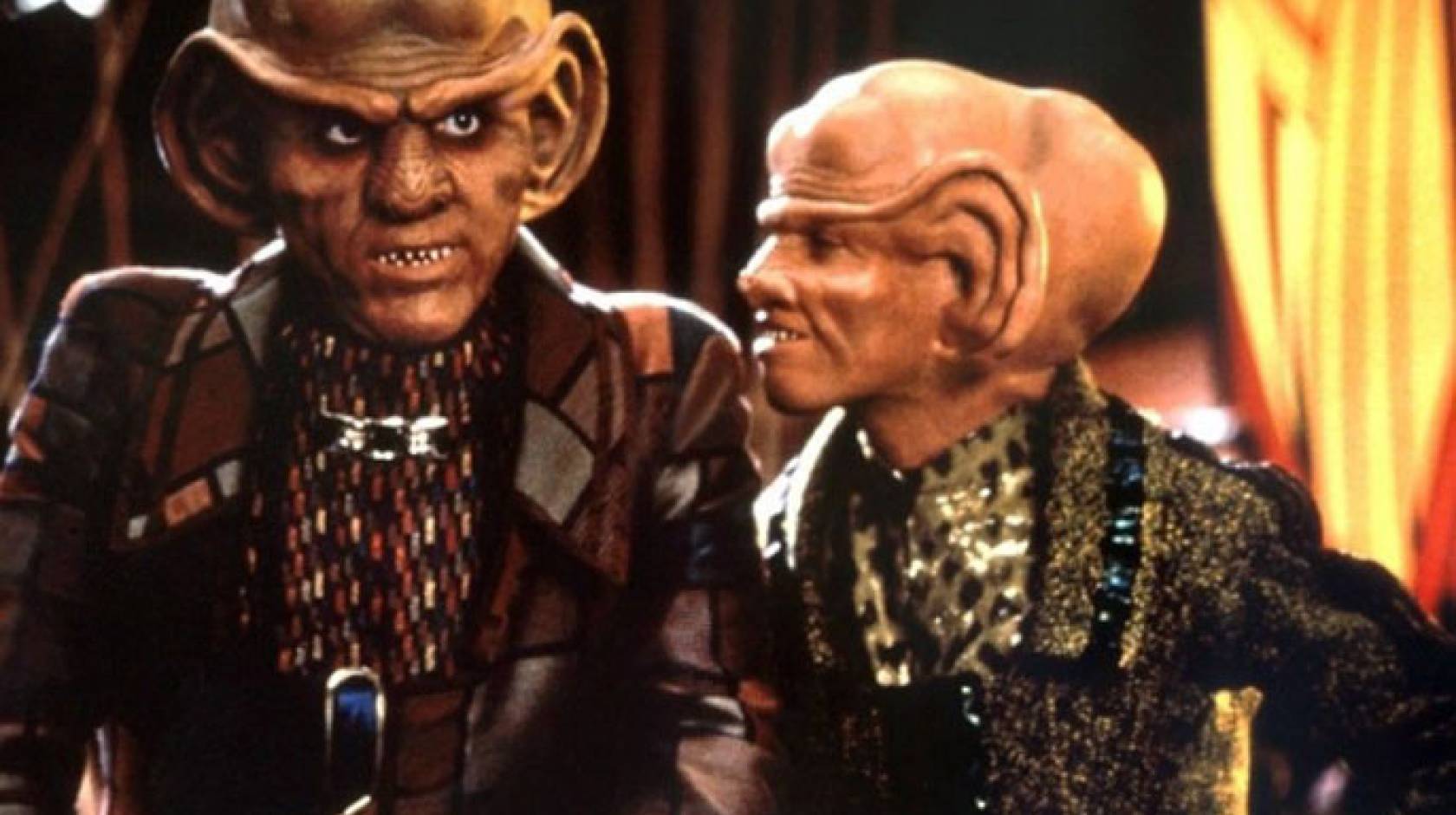
Star Trek is famous for its rich tapestry of alien races, each bringing unique cultures, appearances, and stories to the universe. Some of the most iconic include the logical and pointy-eared Vulcans, the fierce and proud Klingons, and the cybernetic Borg, who challenge the Federation with their hive mind and relentless assimilation. Beyond these well-known species, Star Trek introduces a fascinating variety of others, like the blue-skinned Bolians with their distinctive forehead ridges, known for their friendly and compassionate nature, and the multi-hearted Lurians, exemplified by the beloved bar regular Morn on Deep Space Nine.
The diversity extends even further with lesser-known but visually striking aliens seen in various series, such as those with reptilian green skin or bat-like ears, each adding to the colorful mosaic of Star Trek’s galaxy. These races often embody different philosophies and social structures, allowing the show to explore complex themes of identity, cooperation, and conflict. The creative designs and thoughtful storytelling behind these alien species make Star Trek not just a sci-fi adventure but a celebration of diversity and imagination. Pictures of these aliens, from the stoic Vulcans to the enigmatic Xindi, help fans connect visually and emotionally with the vast Star Trek universe.
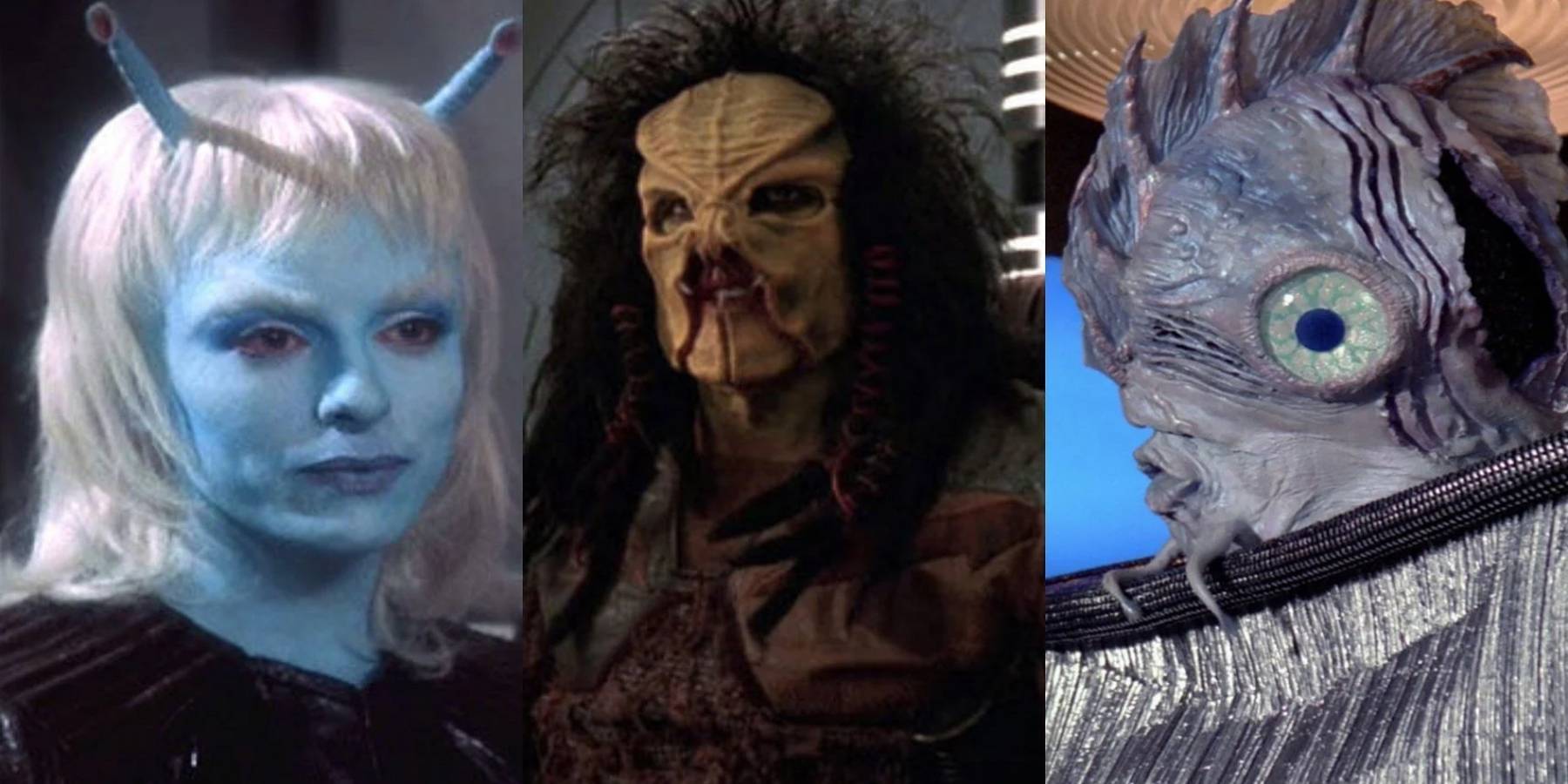
If you’re a Star Trek fan or just curious about its vast universe, the list of Star Trek species is a fascinating journey through diverse alien life forms. From iconic species like the logical Vulcans and fierce Klingons to the mysterious Borg collective, each species brings unique cultures, appearances, and stories to the franchise. The Star Trek universe even includes lesser-known races like the blue-skinned Bolians, recognized by their distinctive forehead ridge, or the multi-organ Lurians, famously represented by the bar regular Morn on Deep Space Nine.
Many species share intriguing connections, such as the Vulcans and Romulans, who have a common ancestor, highlighting the rich lore behind their evolution and relationships. The Xindi, a collective of six different species, add complexity with their varied forms inspired by Earth animals, showcasing Star Trek’s creativity in alien design. Visual guides with pictures help fans appreciate the distinct looks of these species, from reptilian green-skinned aliens to those with unique cranial features seen in various episodes. Exploring this list with images makes the Star Trek galaxy feel even more alive and diverse, inviting viewers to dive deeper into its stories and cultures.
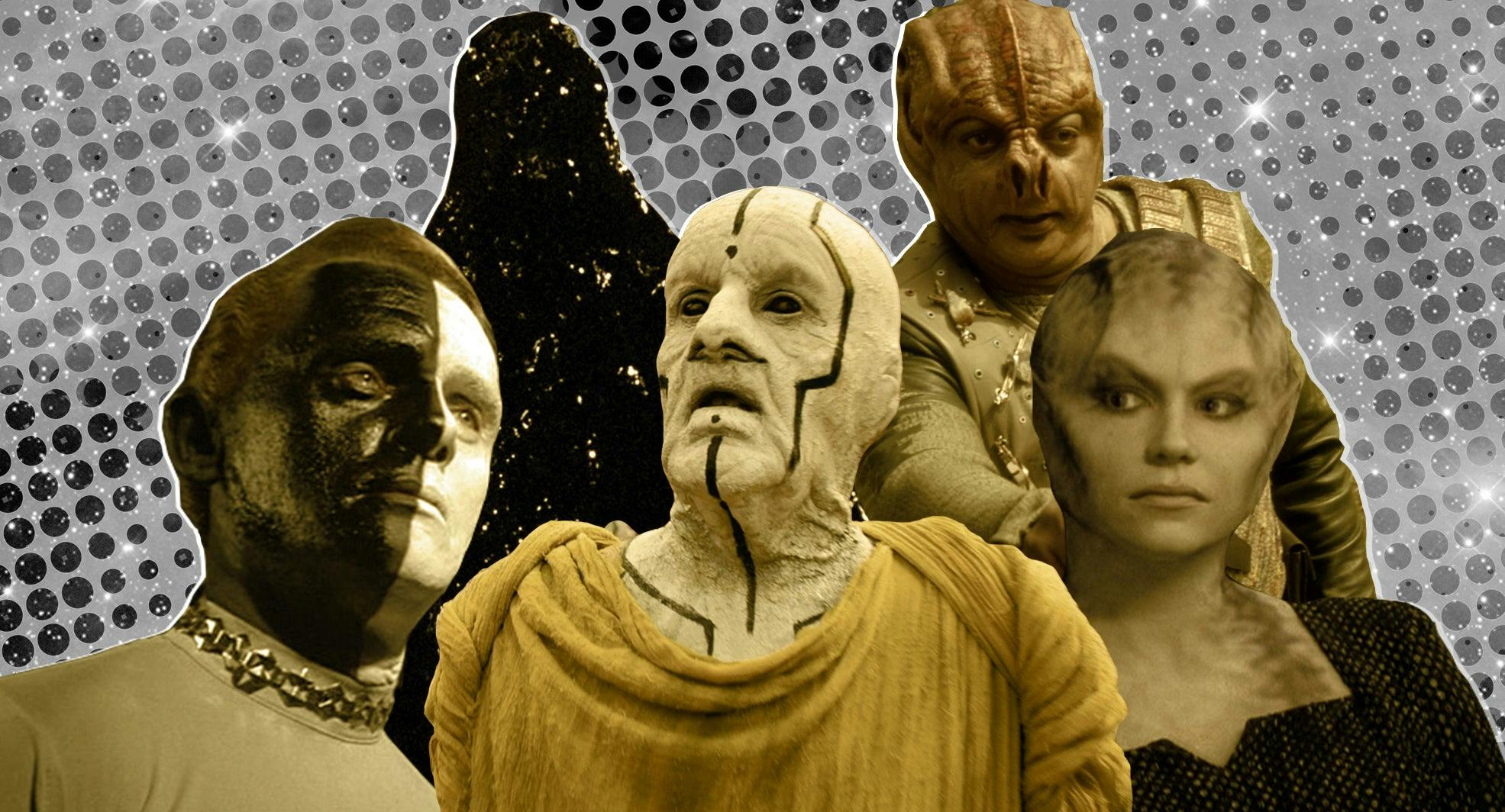
Star Trek features a remarkably vast and diverse universe of alien races, with the total number often cited around 655 distinct species spanning the franchise’s many series and films. These range from well-known groups like the Vulcans, Klingons, and Borg to lesser-known but equally fascinating races such as the Xindi, who are actually a collective of six different species sharing a homeworld. What’s interesting is that many humanoid species in Star Trek share a common ancestor, which explains why so many aliens look somewhat human despite their differences.
Over the decades, Star Trek has introduced a rich tapestry of cultures and species, each with unique traits and histories. For example, the Klingons have evolved significantly in appearance and culture since their first appearance in the original series, reflecting changes in storytelling and production. This enormous variety not only fuels the storytelling but also reflects the franchise’s core themes of diversity, exploration, and understanding. So, whether you’re a casual viewer or a die-hard fan, the sheer number of Star Trek alien races is a testament to the franchise’s imaginative depth and its enduring appeal.
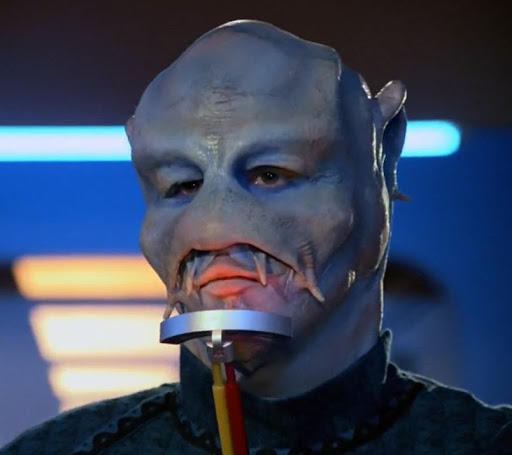
Some of the best alien races in Star Trek stand out for their unique cultures, compelling characters, and memorable stories. The Klingons are iconic, evolving from fierce antagonists in the original series to complex heroes by The Next Generation, especially through the character Worf, who brought their proud warrior culture to life. Another fascinating race is the Vorta, part of the Dominion in Deep Space Nine. They are known for their cold, calculating nature and cloning reproduction, with the character Weyoun being a standout villain portrayed brilliantly by Jeffrey Combs. The Ferengi are also beloved for their quirky obsession with profit and their nuanced culture, highlighted by characters like Quark and Nog, making them both devious and charming.
Less frequently seen but equally interesting are the Caitians, feline-like beings with keen hearing and a knack for communications, and the Remans, a telepathic warrior race with a tragic history tied to the Romulans. These races add rich diversity to the Star Trek universe, each bringing their own flavor to the exploration of morality, culture, and identity in space. Whether fierce, cunning, or mysterious, these alien species help make Star Trek’s storytelling so engaging and timeless.
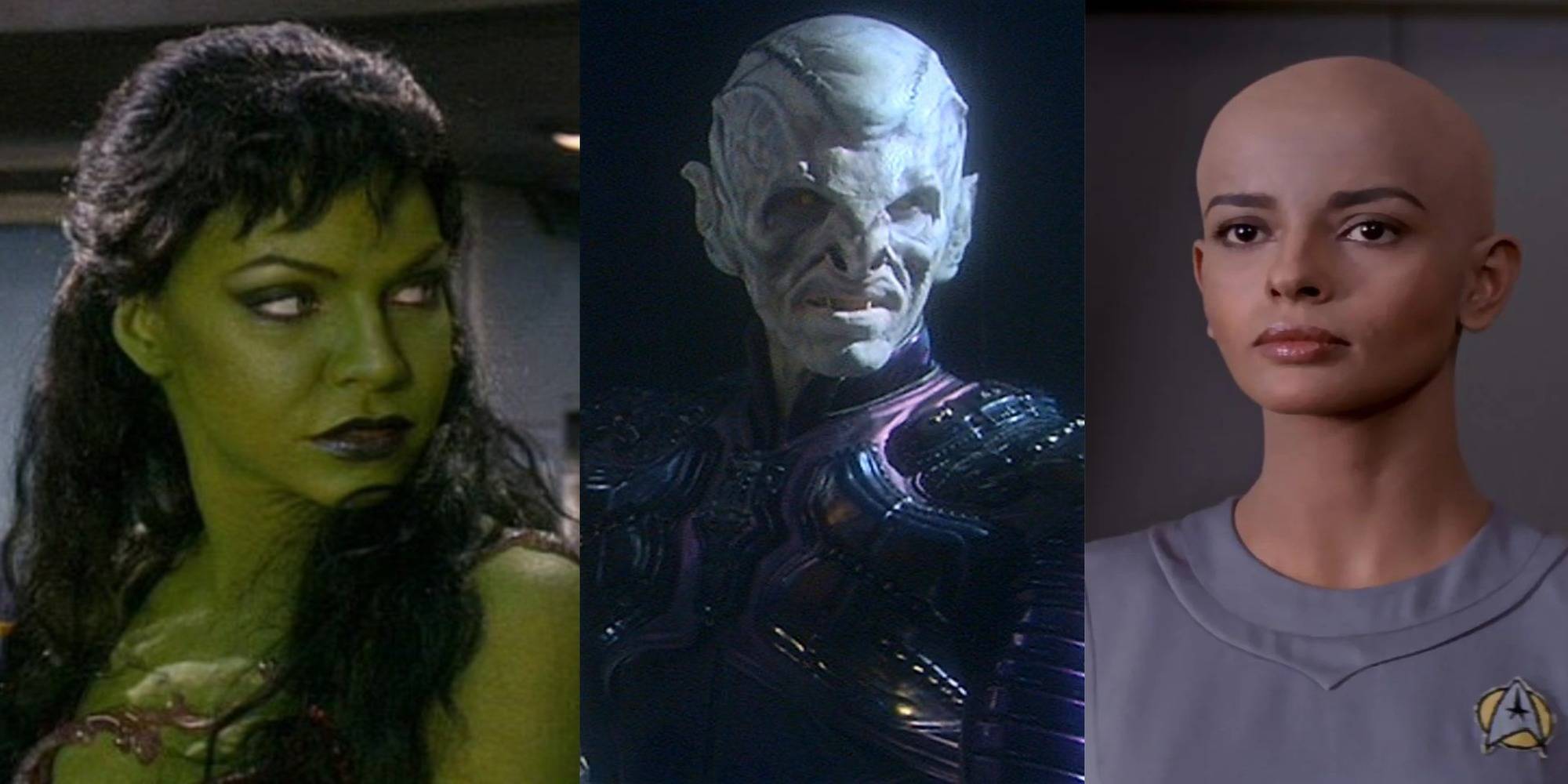
Star Trek is famous for its rich tapestry of alien species, each bringing unique cultures, abilities, and stories to the universe. The core of the United Federation of Planets was founded by four key species: Humans, known for their exploration spirit; Vulcans, who value logic and telepathy; Andorians, fierce blue-skinned warriors; and Tellarites, who love to debate passionately. These species set the stage for a diverse and complex interstellar community.
Beyond the founders, many other fascinating species have joined or allied with the Federation. Betazoids, for example, are telepathic and deeply empathetic, while Trill are notable for their symbiotic relationships where memories pass between hosts. Other friendly species include the Bolians and Denobulans, each adding their own flavor to the Federation’s mosaic.
Star Trek also features intriguing independent or adversarial species like the Bajorans, who have a spiritual depth shaped by their history, and the multi-faceted Xindi, who initially clashed with Earth but later became allies. The universe is further enriched by enigmatic groups like the Romulans and the cybernetic Borg, each bringing their own drama and mystery to the saga. This vast species list is a big part of what makes Star Trek’s storytelling so captivating and enduring.
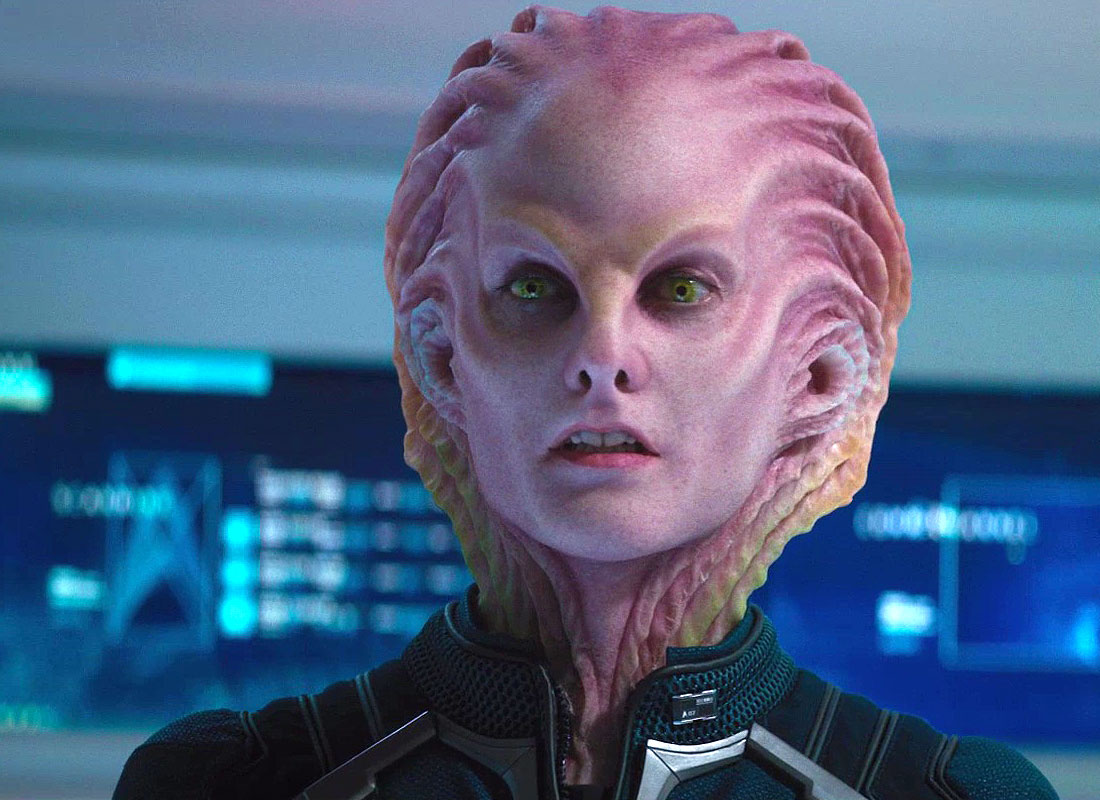
The United Federation of Planets in Star Trek is a diverse alliance made up of many different races, each bringing unique cultures and strengths to the table. The founding members include Humans from Earth, Vulcans known for their logic and telepathic abilities, Andorians with their blue skin and warrior traditions, and Tellarites, who are famous for their love of debate. Over time, many other species joined the Federation, such as the empathic Betazoids, the symbiotic Trill, and the friendly Bolians. These races work together to promote peace, exploration, and scientific advancement across the galaxy.
The Federation is not just about a few species but includes over a hundred member worlds, each with its own distinct characteristics. Some species are known for their military skills, others for diplomacy or scientific expertise. This diversity is a core strength, allowing the Federation to face challenges united. While some species remain independent but allied, the Federation continues to grow, reflecting the spirit of cooperation and mutual respect that Star Trek celebrates. This rich tapestry of races makes the Federation a fascinating and hopeful vision of the future.
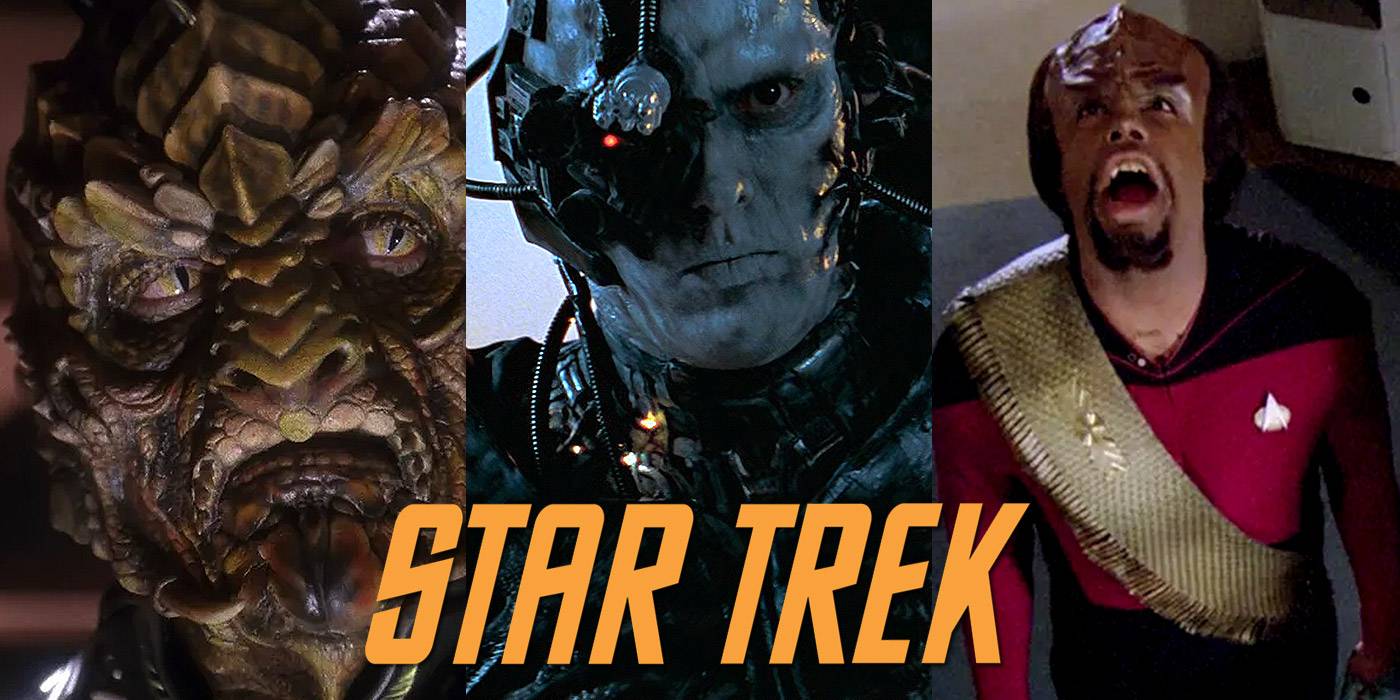
The original Star Trek series introduced a fascinating variety of alien species that helped shape its imaginative universe. Some of the most memorable include the Vulcans, known for their logical minds and iconic salute, and the fierce Klingons, who brought a warrior culture to the show. Then there were the mysterious Tholians, crystalline beings who thrived in extreme heat and were known for their strict punctuality, adding a unique, almost insectoid presence to the series.
Other standout aliens were the Salt Vampire, a creepy creature that drained salt from its victims, and the Horta, a silicon-based life form that challenged the idea of what alien life could look like. These species weren’t just for show; they often posed ethical and philosophical questions, enriching the storytelling. The original series was brilliant at using these alien encounters to explore themes of diversity, conflict, and cooperation, making the unknown feel both thrilling and thought-provoking. These early aliens set the stage for decades of Star Trek lore, inspiring countless fans and future sci-fi creations.
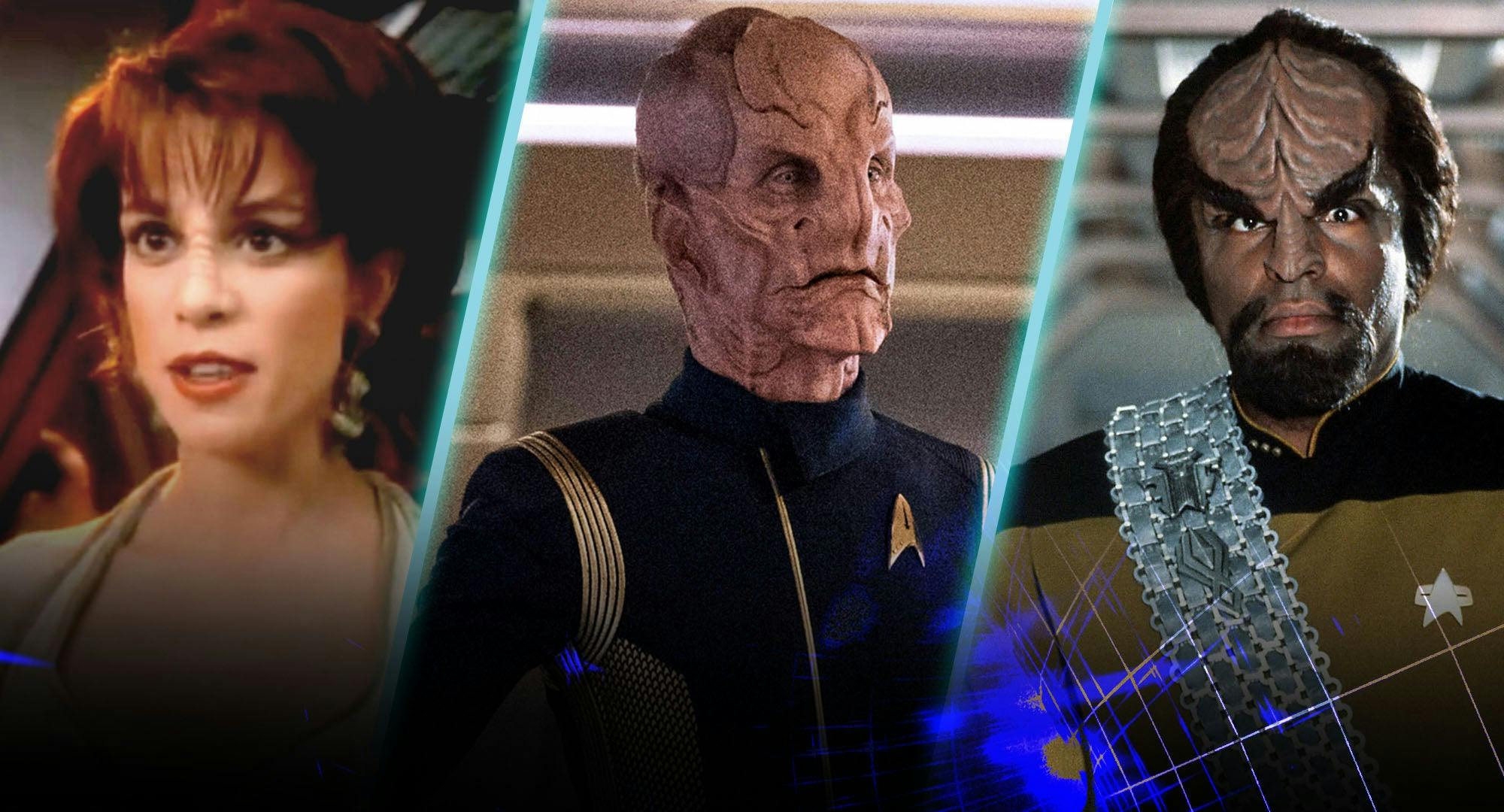
Jadzia Dax is a fascinating character from Star Trek: Deep Space Nine, known for being a joined Trill—a humanoid host carrying the memories and experiences of a long-lived symbiont named Dax. Though she appears as a young woman, Jadzia holds the combined wisdom of seven previous hosts, which gives her a unique perspective on life and relationships. She serves as the station’s science officer, bringing expertise in fields like astrophysics and exobiology, and is admired for her intelligence, adventurous spirit, and strong sense of loyalty.
Her friendship with Captain Benjamin Sisko is a highlight of the series; he affectionately calls her “Old Man,” a nickname inherited from the symbiont’s previous host, Curzon Dax. Jadzia’s character grows from somewhat reserved to more lively and open, showing a zest for life and a deep understanding of different cultures. She is also known for her fierce fighting skills and passion for the game of tongo. Tragically, Jadzia’s story ends in the sixth season, but her legacy continues through the next host of the Dax symbiont, Ezri. Jadzia’s blend of past lives and present personality makes her a compelling exploration of identity and personal growth in sci-fi storytelling.
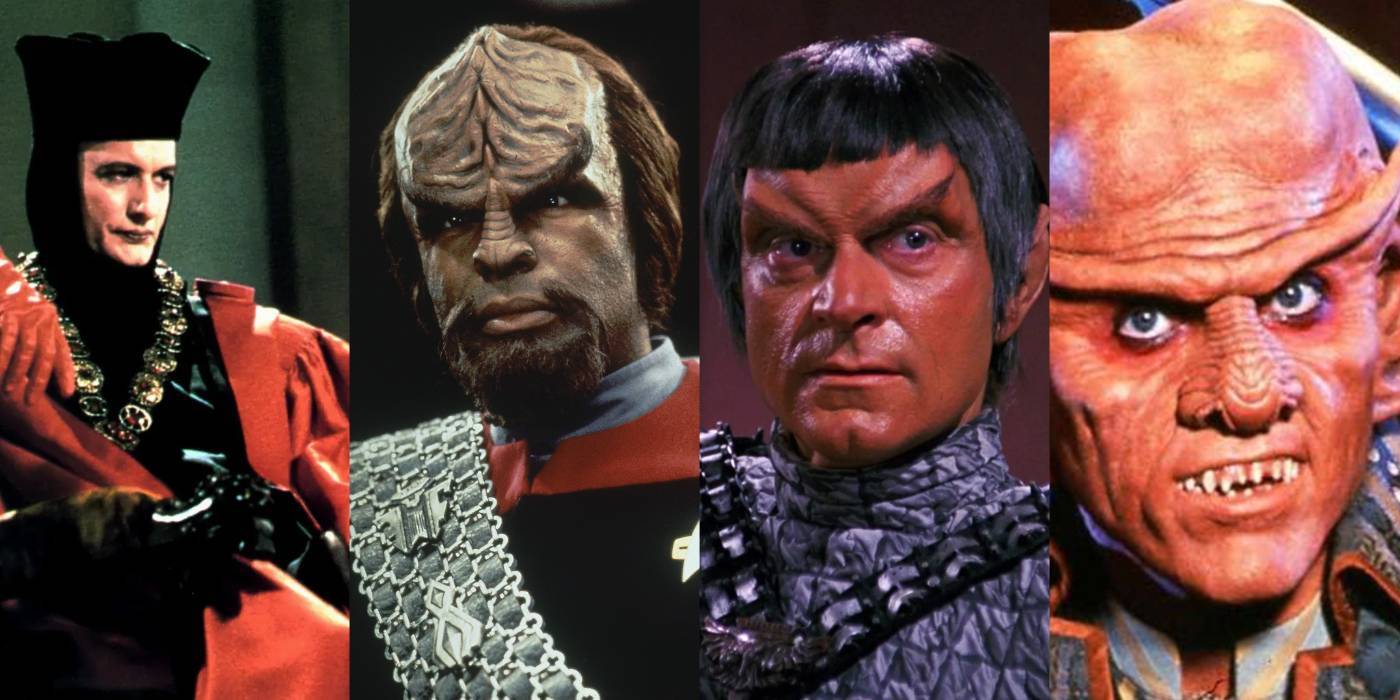
In conclusion, the diverse tapestry of alien races in Star Trek enriches the franchise, offering insightful reflections on humanity, ethics, and societal issues. From the logical Vulcans to the honor-bound Klingons and the telepathic Betazoids, each species brings unique cultures, philosophies, and conflicts that challenge characters and audiences alike. The interactions between these races not only drive compelling narratives but also promote themes of diversity, understanding, and tolerance. As Star Trek continues to explore the cosmos, it simultaneously encourages viewers to embrace the beauty of differences and to seek unity in the vastness of the universe, making it a timeless reflection of our shared humanity.